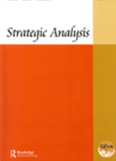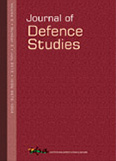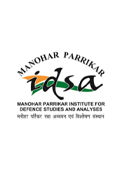Warnings from Madhya Pradesh
A few weeks ago Sunday Express reported that the Madhya Pradesh Hunger Index at 30.9 was worse than that of Ethiopia. Jharkhand and Chhattisgarh, its two neighbours, were only marginally better at 28.7 and 26.6 respectively. BBC had also brought out a similar report in October 2008. According to the report, the statistics came from the country’s Planning Commission and not from a local NGO and that the authorities were extremely alarmed. The state was ranked 11 in 1994 but has fallen to 17 in 2008.
- Ramesh Phadke
- September 04, 2009









